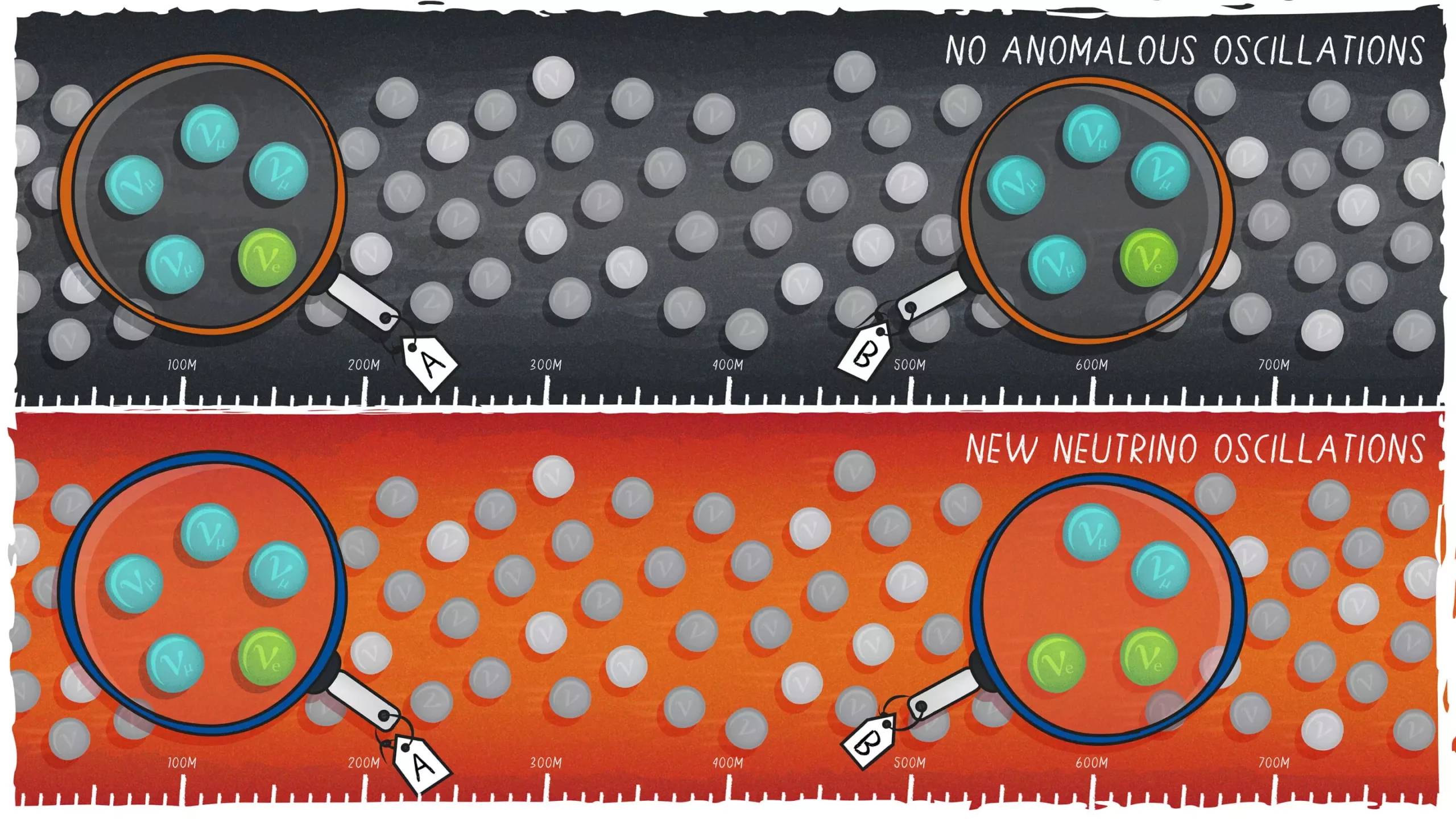The recent detection of neutrino interactions at the Short-Baseline Near Detector (SBND) at Fermi National Accelerator Laboratory marks a significant milestone in the field of particle physics. This article will delve into the implications of this groundbreaking discovery and shed light on the potential implications for future research in the realm of neutrino physics.
Neutrinos, being the second most abundant particle in the universe, present a unique challenge to scientists due to their elusive nature. With their ability to oscillate between different flavors, neutrinos have long been a subject of fascination and intrigue for physicists worldwide. The detection of neutrino interactions at SBND opens up a realm of possibilities for researchers to delve deeper into the mysterious properties of these fundamental particles.
The SBND collaboration’s efforts in planning, prototyping, and constructing the detector over the past decade have culminated in this momentous occasion. This near detector will play a pivotal role in Fermilab’s Short-Baseline Neutrino (SBN) Program, seeking to unravel a decades-old mystery in particle physics. The international collaboration of physicists and engineers underscores the global effort to push the boundaries of scientific knowledge and understanding.
Challenges and Opportunities Ahead
As scientists delve into the data collected by SBND, they are poised to uncover new insights into the behavior of neutrinos and potentially uncover evidence for the existence of a fourth neutrino. The unique positioning of SBND as a near detector, coupled with the far detector ICARUS, offers unparalleled opportunities to explore neutrino oscillations and address anomalies observed in previous experiments. This collaborative effort will bring together the expertise of researchers from around the world to tackle some of the most pressing questions in particle physics.
The Impact on Future Research
The vast amount of data collected by SBND will pave the way for future experiments utilizing liquid argon to detect neutrinos, such as the Deep Underground Neutrino Experiment (DUNE). The detailed study of neutrino interactions will provide crucial insights into the properties of these elusive particles and advance our understanding of the universe at its most fundamental level. Moreover, the potential discovery of lightweight dark matter particles opens up new avenues for exploring the mysteries of the cosmos beyond the realm of traditional particle physics.
The detection of neutrino interactions at Fermilab’s Short-Baseline Near Detector represents a significant milestone in the field of particle physics. The collaborative efforts of researchers from diverse backgrounds have led to this groundbreaking discovery, setting the stage for a new era of exploration and discovery in the realm of neutrino physics. As scientists embark on the journey of analyzing the data collected by SBND, they are poised to unveil new insights into the behavior of neutrinos and potentially reshape our understanding of the universe.



Leave a Reply